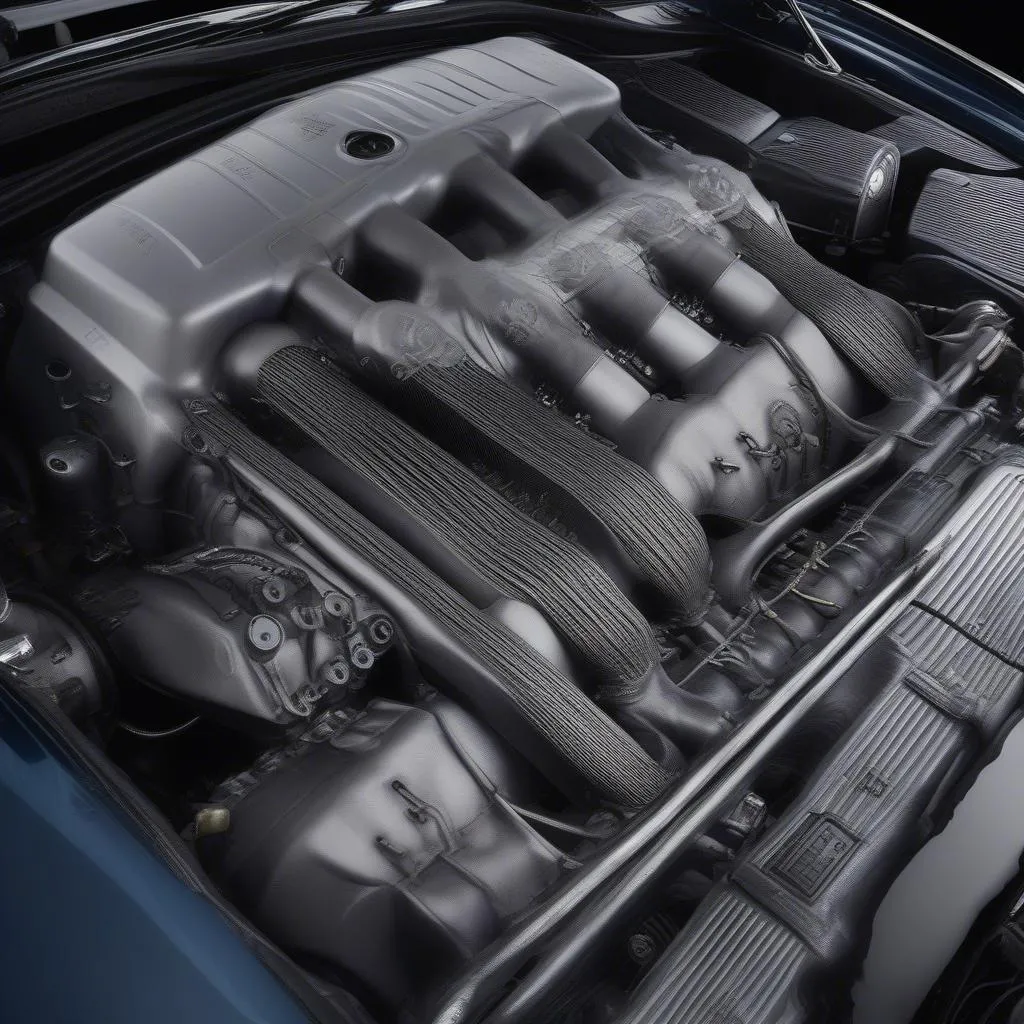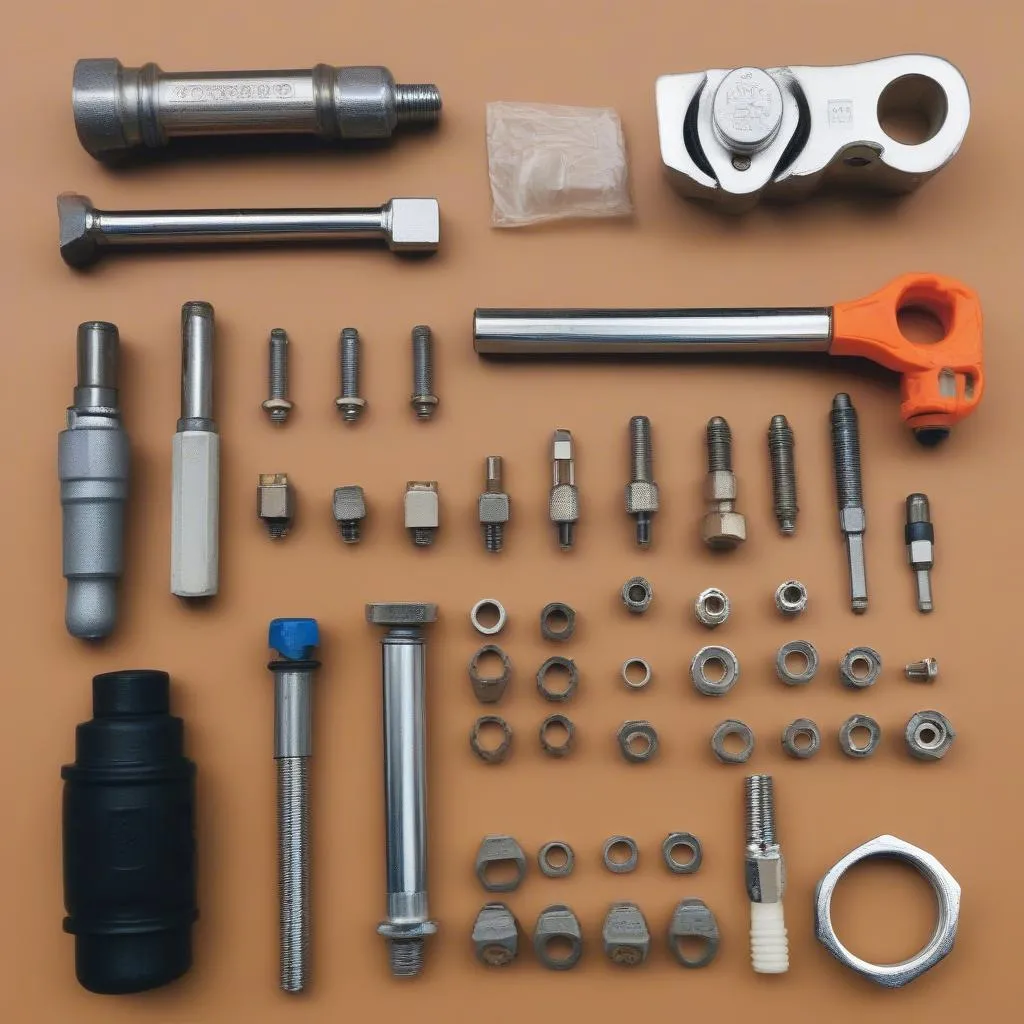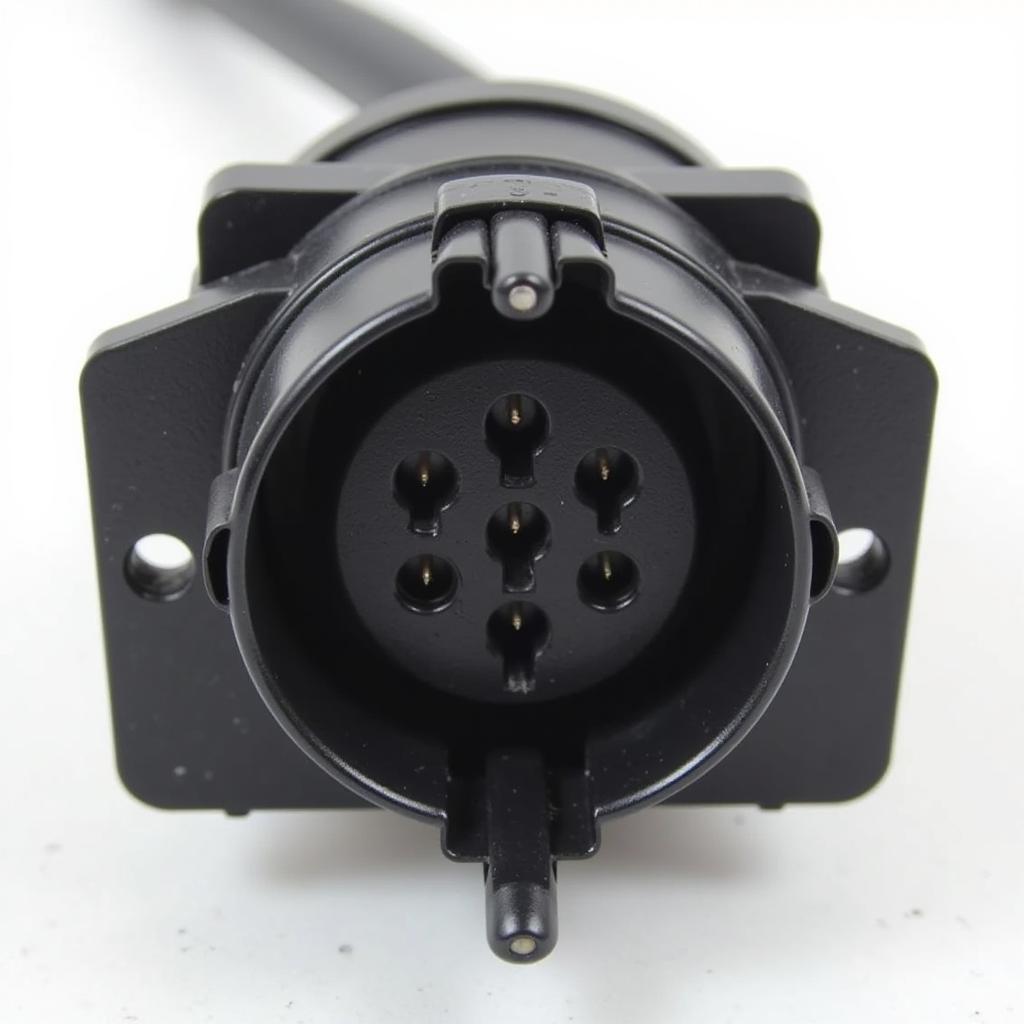Owning a luxurious Mercedes-Benz V12 is a dream come true for many. The power and performance delivered by the iconic V12 engine are truly exceptional. However, even these automotive masterpieces can experience issues. One common problem is a faulty coil pack, which can lead to a misfiring engine and a frustrating driving experience.
This guide will walk you through the symptoms, causes, and solutions for Mercedes V12 coil pack problems. We’ll also explore some frequently asked questions to equip you with the knowledge to address this issue effectively.
What Causes Mercedes V12 Coil Pack Failure?
Before we dive into the solution, it’s essential to understand what a coil pack does and what can cause it to fail.
In simple terms, a coil pack is a vital component of your car’s ignition system. It’s responsible for generating the high voltage spark that ignites the air-fuel mixture in the cylinders, making your engine run.
Here are some common culprits behind coil pack failure:
- Age and Wear: Like any other car part, coil packs have a lifespan. Over time, exposure to heat, vibration, and electrical stress can cause them to degrade and eventually fail.
- Heat Damage: V12 engines generate significant heat. This excessive heat can take a toll on coil packs, especially those located close to the engine block.
- Oil Leaks: Oil leaking from valve cover gaskets or other engine components can seep into the spark plug holes and damage the coil packs.
- Faulty Spark Plugs or Wiring: Worn spark plugs or damaged wiring can put extra stress on the coil packs, leading to premature failure.
 Mercedes V12 engine
Mercedes V12 engine
“The location of coil packs in close proximity to the engine in V12 engines, while designed for efficient power delivery, makes them susceptible to heat stress, which is a leading cause of their failure,” explains automotive engineer, Dr. James Miller, author of “The Internal Combustion Engine: A Comprehensive Guide.”
Recognizing the Symptoms of a Failing Coil Pack
A failing coil pack can manifest itself in various ways. Recognizing these symptoms early can save you from more severe engine problems and costly repairs down the line. Here are some tell-tale signs to watch out for:
- Engine Misfiring: This is often the most noticeable symptom. You might feel the engine stuttering, jerking, or hesitating, especially when accelerating.
- Check Engine Light: A flashing or illuminated check engine light on your dashboard is a strong indicator of a potential coil pack issue.
- Rough Idling: If your engine runs rough and vibrates excessively while idling, a faulty coil pack could be the culprit.
- Reduced Fuel Economy: A misfiring engine due to a bad coil pack can lead to increased fuel consumption.
- Increased Emissions: A faulty coil pack can disrupt the combustion process, resulting in higher emissions.
 Car dashboard with check engine light
Car dashboard with check engine light
Gathering the Tools for the Fix
Before you start working on replacing the coil pack, it’s crucial to gather the necessary tools:
- Socket Wrench Set: You’ll need a socket wrench set with the appropriate size sockets to remove the coil pack retaining bolts and spark plugs.
- Torque Wrench: A torque wrench is essential to tighten the spark plugs and coil pack bolts to the manufacturer’s specifications, preventing damage.
- Spark Plug Socket: A dedicated spark plug socket with a rubber insert is designed to securely remove and install spark plugs without causing any harm.
- Gap Tool: A gap tool helps you set the correct gap between the spark plug electrodes, ensuring optimal performance.
- Dielectric Grease: Applying dielectric grease to the inside of the coil pack boots helps prevent moisture buildup and ensures a strong electrical connection.
- Replacement Coil Pack: Ensure you have a high-quality replacement coil pack compatible with your Mercedes V12 engine model.
- Replacement Spark Plugs: It’s good practice to replace the spark plugs alongside the coil pack, especially if they haven’t been changed recently.
 Tools for coil pack replacement
Tools for coil pack replacement
Mercedes V12 Coil Pack Replacement: A Step-by-Step Guide
While replacing a coil pack might seem daunting, it’s a manageable task for DIY enthusiasts with basic mechanical skills.
Step 1: Safety First
Before you begin, disconnect the negative terminal of your car battery as a safety precaution.
Step 2: Locate the Faulty Coil Pack
Refer to your vehicle’s service manual to identify the location of the faulty coil pack.
Step 3: Disconnect and Remove
Carefully disconnect the electrical connector and any retaining clips securing the coil pack.
Step 4: Spark Plug Replacement
With the coil pack removed, use the spark plug socket and wrench to unscrew and remove the old spark plug. Install the new spark plug using the torque wrench to the specified torque.
Step 5: Install the New Coil Pack
Apply a small amount of dielectric grease to the inside of the coil pack boot. Carefully align and insert the new coil pack into the spark plug well. Tighten the retaining bolts to the recommended torque.
Step 6: Reconnect and Test
Reconnect the electrical connector to the coil pack and double-check all connections. Reattach the negative battery terminal. Start your engine and listen for any signs of misfiring.


